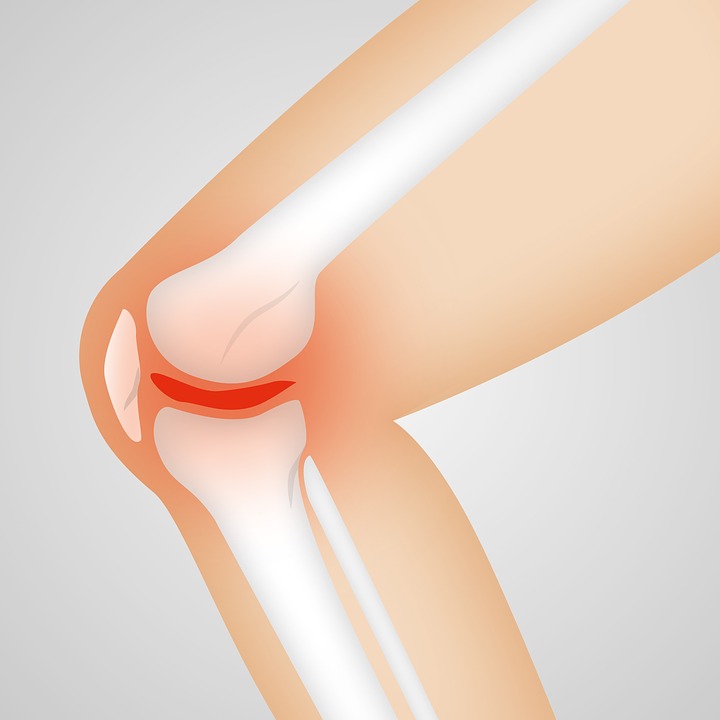If you have ever gone to a gym, attended a fitness class or googled fitness advice on the internet you have mostly likely heard of the debate “should your knees go over your toes during a squat?”. This age-old question continues to be circulated in the health and fitness world despite it having been disproved and debunked by many health care professionals. The goal of this article is to summarize why it is not inherently bad for your knees to go over your toes during a squat.
Why it is safe for your knee to go over your toes during a squat?
It is hard to say why or when people started telling others that they should avoid this movement, and it would be an utter waste of time to look back in the history books to find out. The rational seems to be that if your knees travelled too far forward over your toes, that it would lead to very high forces on your knee joint and increase your chances of injuring your knees. Even intuitively this does not make sense. Think about every time you stand up off the toilet or couch: depending on the seat height there is a very good chance you are already performing a squat while your knees travel (at least slightly) over top your toes.
Research showing what forces are acting on the knee at different degrees of squat depth gives us a better appreciation for what is really going on with the knee and we can apply this information to give better individual advice. At the start of a squat your knee experiences its maximal forward shearing forces from 0 to 60 degrees of knee flexion (start of a squat), from 50 to 90 degrees of knee flexion (middle of a squat) your knee experiences its maximum backwards shearing forces, and from 90 to 130 degrees of knee flexion (deep squat) your knee experiences its maximum compressive forces (1). As you can see throughout your squat there is a mix of forces acting on your knees and some of these force peak well before your knees are even close to traveling over your toes!
Depending on your past medical history, knee health, exercise experience, and goals you might choose to adjust your squat depth to limit certain ranges of knee flexion or to target specific ones. But there is no evidence that shows any range of squat depth is “bad” for your knees. What is “bad” or “good” for your knees may be completely different compared to someone else – and it has nothing to do with where your knees are in relation to your toes.
* When we talk about our knees traveling over our toes, we are referring to the amount our knee is bending or as your physiotherapist may call it “knee flexion”. *
This article is not intended to be medical advice. If you are considering starting an exercise program or have questions about your knees, make an appointment with one of our registered Physiotherapists to assist in doing so safely.
References
(1) Ciccone, T., Davis, K., Baagley, J., & Galpin, A. (2015). Deep Squats and Knee Health: A Scientific Review. California State University. Available from: URL: https://shruggedcollective. com/wpcontent/uploads/2015/04/DeepSquat-Review-Barbell-Daily-3-27-15. pdf.(diakses 23 Juni 2020)





